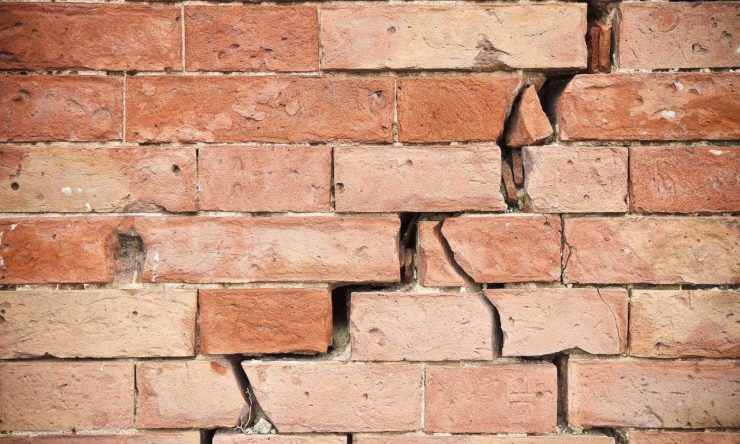When cracks appear in your walls, it can be tempting to ignore them and hope they go away on their own. Unfortunately, this isn’t an option unless you’re willing to let the wall fall completely; you’ll need to fix it as soon as possible before it worsens and causes more damage to your home or business.
Cracks in walls can occur due to drywall separation (also known as drywall failure), which happens when the screws holding the drywall together loosen over time, resulting in a crack along the joint between two pieces of drywall.
1. Is The Surface Above Or Below Water Level?
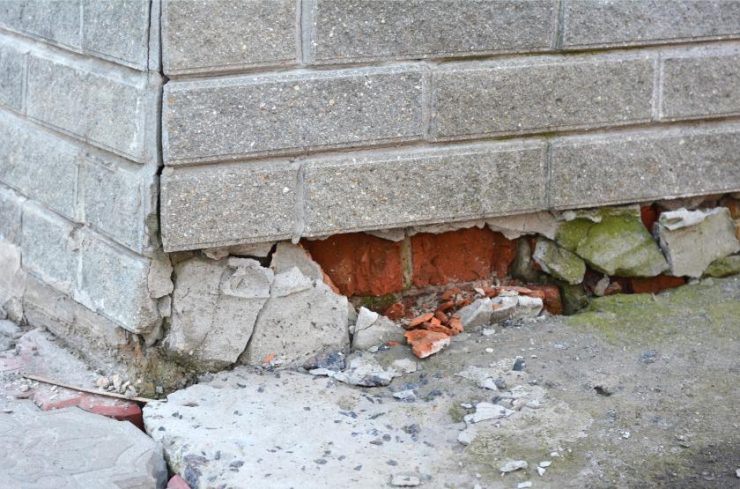
Cracks in a Basement Wall can often indicate structural issues that need immediate attention. These cracks may start small but can widen over time, potentially leading to water intrusion and compromising the integrity of your home’s foundation. It’s crucial to consult with a professional to assess the severity of any crack and take appropriate measures to address it promptly.
The worst kinds of cracks usually occur at the water level, but it’s still important to determine whether or not that’s where you have a crack. If your wall has a leaking pipe, for example, that could be responsible for a crack in your foundation, you would want to address that issue instead of fixing something elsewhere.
Use your camera. It can be easy enough to photograph small cracks with an SLR camera, but if you only have access to your phone, an app like Instagram can also do an excellent job. By taking shots from different angles of large cracks and multiple smaller ones (if they exist), you’ll get more perspective on their depth and degree of damage than any eye test alone will provide.
2. Does Light Penetrate Through The Crack?
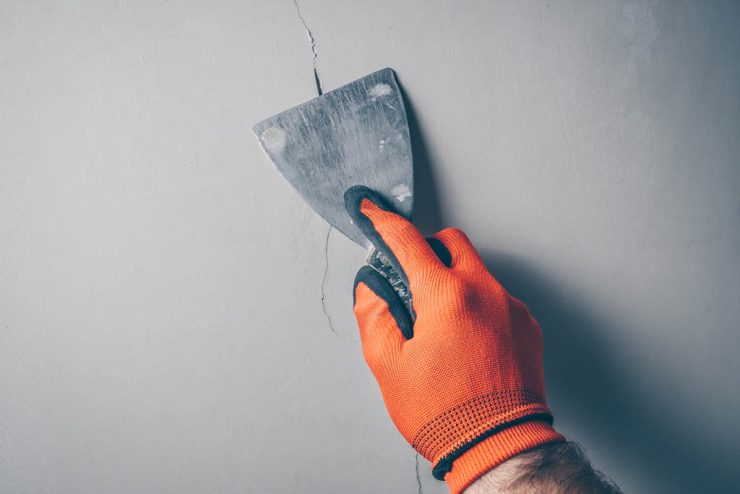
If there’s light coming through your crack, it’s not likely that it’s serious. If you can see right through it and there doesn’t appear to be any structural damage around it, don’t worry about it. However, if you notice that parts of your wall appear displaced by more than a few inches and light doesn’t come through anymore, you should seek professional help immediately.
If you start noticing significant changes in temperature or humidity levels throughout your home, head over to your local hardware store for supplies before taking a closer look at your walls. Get the foundation repair Detroit done from professionals.
3. Can Dust Fall Into The Gap Created By The Crack?
There’s always dust. It’s important to know whether dust can infiltrate your wall. If it can, you may have one crack and dozens of micro-cracks. Seeing how cracks grow over time, those small gaps will quickly turn into large ones, and your wall could soon come crumbling down.
Even worse, moisture could enter through those gaps and cause even more damage or make repairs difficult. For example, you see a crack above your headboard that continues underneath it. If you don’t notice any dust inside that gap—if it seems fairly dry—then there’s no immediate cause for concern.
4. Are There Other Cracks?
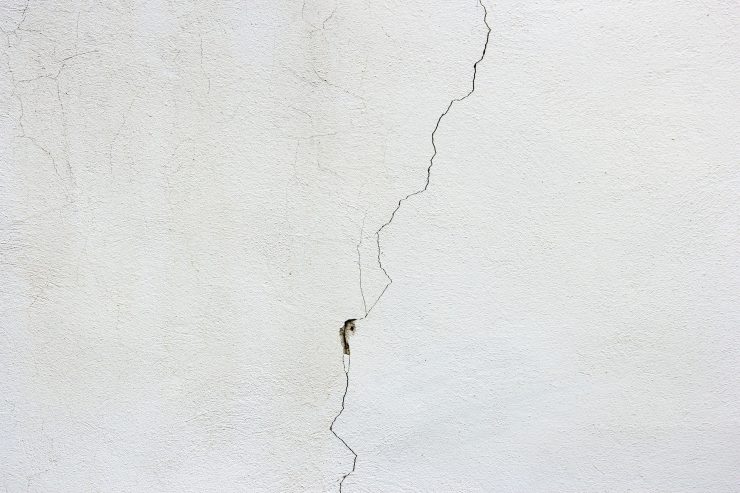
If you don’t already know, there are plenty of reasons for cracks to form on your walls. Even so, that doesn’t mean every crack is dangerous or serious. The good news? They can often be patched and repaired before any serious damage occurs.
For example, hairline cracks caused by temperature fluctuations should disappear over time as your walls settle and expand naturally with changing temperatures. In other words, no need to panic—patch it up and move on with life. That said, if you have a major crack that looks like it could cause serious structural damage—or hasn’t gone away after several months—you might want to consider calling an expert for advice.
When it comes to wall cracks solution, it’s essential to pay attention to specific types of cracks, such as a horizontal crack in the foundation wall. Horizontal cracks can be an indication of significant structural issues and should not be ignored. These cracks may be caused by excessive pressure from the soil, hydrostatic pressure, or foundation movement. It is crucial to address horizontal cracks promptly to prevent further damage to the foundation and potential water infiltration.
5. Does It Run Perpendicular To The Beam, Joist, Or Wall Stud?
If your crack runs perpendicular to the beam, joist, or wall studs, it’s cause for concern. You see, anything that moves tends to stay in motion (hence why your career has been so successful). So in most cases like these, you can be sure there are more cracks just waiting for their chance to shine.
If you want peace of mind and consistent feelings of dread when you look at your living room wall, then set aside some time over spring break and call an expert. It’ll be worth it just not having to think about all those horrible thoughts of I wonder what’s behind that crack? Happening every time you walk by!
6. Does It Run Parallel With The Beam, Joist, Or Wall Stud?
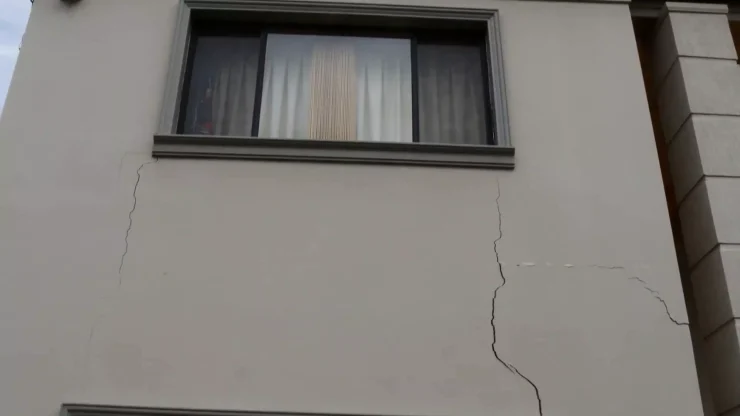
This can give you an idea of how serious it could be. If it’s next to something holding up your house, you may have some cause for concern. On the other hand, if it’s not near anything supporting your house, don’t panic: It just means it doesn’t have any bearing on whether or not your house will collapse, but that doesn’t mean it isn’t worth investigating further.
An inspector will use various tools and methods for determining what exactly caused the crack and what kind of damage has been done, but one of their first questions is always going to be, did anything happen before you notice a crack in your wall? Knowing what happened before your crack can help indicate how serious of an issue it might be.
If you notice vertical wall cracks in your home, it’s important to address them promptly. These cracks can be indicative of underlying structural issues that require professional attention. To ensure the safety and stability of your property, it is advisable to seek vertical wall cracks repair services from experienced contractors. Repairing these cracks in a timely manner can prevent further damage and potential risks. By addressing the root cause and implementing appropriate repair techniques, you can maintain the integrity of your walls and ensure the long-term stability of your home.
7. Is It Located Under Floorboards, And Are They Lost?
A crack in your wall under a floorboard indicates that you may develop dry rot. This can make your property unstable and even lead to structural damage. If you’re unsure whether or not your floorboards are loose, take them up for inspection.
You may find that replacing or fixing your floorboards is more cost-effective than treating dry rot; call us today for advice on which option is best for you. If you don’t want to go down either of these routes, consider covering up any cracks with wallpaper – it will hide them nicely while they continue spreading throughout your home.
8. Have Termites Invaded Nearby Wooden Structures?

The easiest way to tell whether termites have been bugging your property for a while and which structures they’ve already hit—is by looking at some of your local (neighboring) wooden structures. If they’re damaged, likely termites are living nearby.
Their footprint can be anything from half-eaten wood panels on your shed door to cracked tiles hanging off your roof. When you figure out what the damage looks like, you can identify it and get rid of them before it spreads across your home.
Conclusion
Cracks in your wall might not seem like a big deal, but if they’re not taken care of quickly, they can lead to bigger problems like cracks in the ceiling or leaks behind the wall. These are just some indicators that it’s time to call a structural engineer to look at the issue and offer advice on how to fix it properly.

